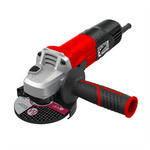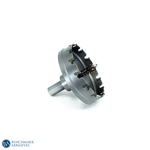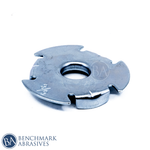
Difference between Forstner bit and hole saw

Forstner bits and hole saws are both designed to drill "big holes." But, Selecting the right tool for the proper application demand an understanding of the tool.
If you're also likely struggling to work out which of the tools is right – and which of them you ought to choose for your job, read on.
Forstner Bit
Forstner Bit is named after Benjamin Forstner, who first patented the planning in 1886; Forstner bits allowed woodworkers to form holes without an extended "lead screw" without damaging the workpiece. Users can drill clean, flat-bottom holes with the Forstner bit.
The latest design of the Forstner bits is slightly different as they adopted a split-ring design and a "pointy tip" rather than the "lead screw." Their purpose remains largely an equivalent, though.
Drilled holes with absolute accuracy and cleanliness are achieved when Forstner bits are used with drill presses. That said, they will even be used with hand drills.
Hole Saw
Hole Saw Bits are a bit like their name suggests, tools that cut holes. More specifically, they are doing it by rotating around their axis during a drill. As such, essentially, they're drill bits.
The hole bit is comprised of two parts:
- The saw blade which is bent into a circle
- A mandrel to which the saw blade is attached.
The mandrel stands proud of the saw slightly and guides the saw blade into the wood. Usually, different-sized saw blades are often attached to one mandrel. Hole saws are available during an extensive variety of sizes starting from 1 inch, thanks to a couple of inches.
Because of their design, they are doing not produce wood chips when used. Instead, they cut out a round plug. That also means they only are often used for creating holes through a wood piece.
Tips to Use Forstner Bit
- Always place the workpiece on the drill press and clamp it to secure it.
- Attach and adjust the bit within the drill, and make height adjustment. The bore you would like to form on the fabric should correspond with the peak you select. You'll always perform a test before stepping into the workpiece.
- Alignment and Drilling. Mark the precise spot on the piecework, indicating the precise location where the boring should happen.
- As you're almost reaching the specified hole depth, hamper the drill press. At now, run the unit at its lowest speed. Keep the Forstner bit on a spin as you withdraw the drill to make a clean vertical edge on the exit.



































































